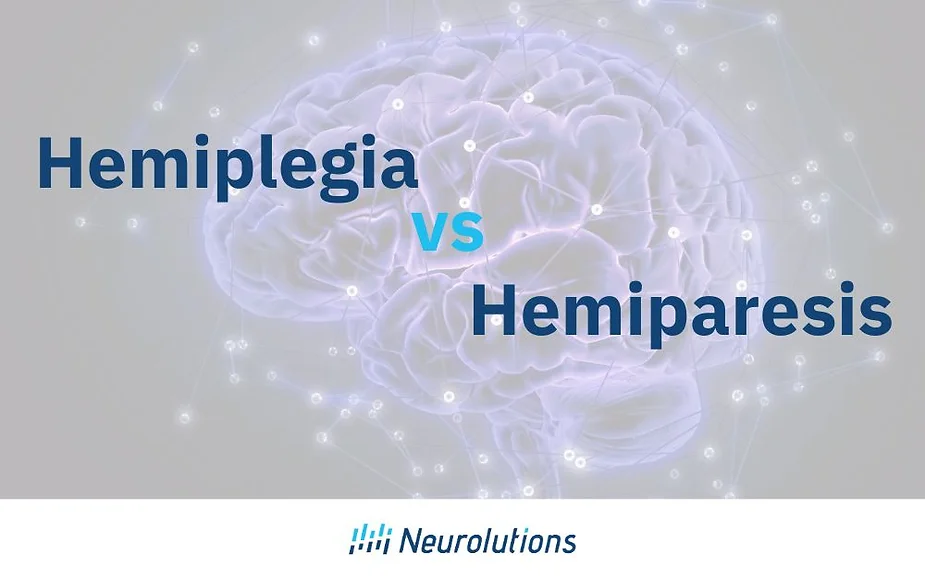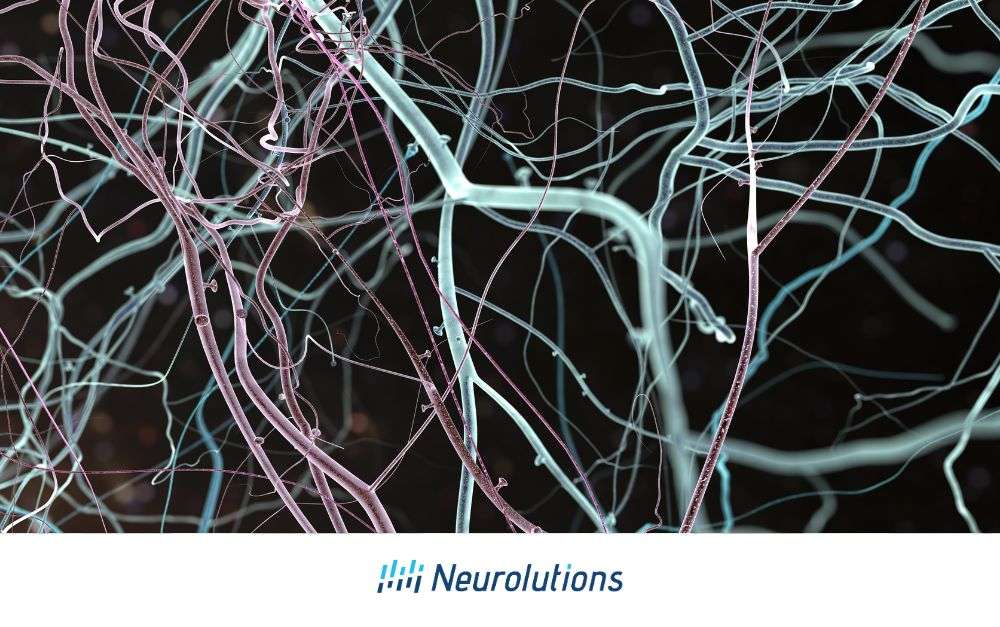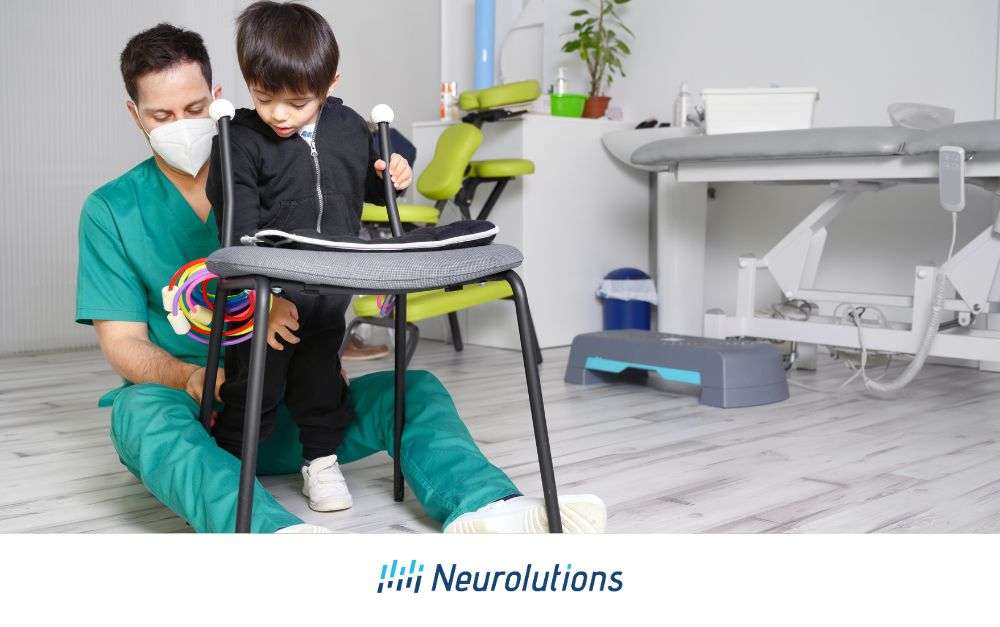What Is Hemiplegia and Hemiparesis?
Many individuals confuse these two medical terms because they are very similar and both can occur in the aftermath of a stroke.
The Difference between Hemiplegia vs Hemiparesis
Hemiplegia refers to complete paralysis while hemiparesis refers to partial weakness. Both terms refer to a one-sided after-effect, known as “hemi.” However, -plegia refers to paralysis while -paresis refers to muscular weakness.
What Can Cause Hemiplegia and Hemiparesis?
Most often, hemiparesis and hemiplegia are caused by a stroke. A stroke occurs when there is a blockage or bleed in the brain, compromising the blood flow on one side of the brain and leading to hemiplegia and/or hemiparesis on one side of the body.
If the damage was extensive and complex, the result would most likely be hemiplegia (paralysis), while hemiparesis (muscle weakness) may occur if the damage was less severe. Symptoms of hemiplegia and hemiparesis often depend on the location and severity of the stroke.
Both hemiplegia and hemiparesis share the same root cause: impaired communication between the brain and the muscles. Our brains control how our body moves. Therefore, when a stroke occurs, the consequence is disruption of the neural connections, blood flow, and oxygen between the brain and muscles. Many times this leads to muscle weakness and potential paralysis to the body.
Other causes of hemiplegia and hemiparesis can include (1):
-
Brain infections (e.g. meningitis and encephalitis)
-
Trauma to the brain or spinal cord
-
Cerebral Palsy
-
Brain Tumors
-
Spina Bifida
-
Multiple Sclerosis
-
Polio
-
Muscle Dystrophy
What Are the Risk Factors of Having Hemiplegia And/or Hemiparesis?
Experiencing muscle weakness or paralysis on one side of your body can cause disruption in your day-to-day routine. In addition, having these side effects may lead to more falls, injuries, reduction in walking speed, decrease in energy, and challenges in performing activities of daily living. For example, you may experience more difficulty in getting dressed, cleaning, cooking, or self-care tasks if you have hemiplegia or hemiparesis. You may find yourself needing assistance while performing activities that you used to perform by yourself.
|| Learn about the types of strokes that can cause hemiparesis and hemiplegia.
How Can Hemiparesis and Hemiplegia Affect Your Daily Life?
Muscle weakness and paralysis can interrupt how you want to perform your daily activities, which can be frustrating. Living with hemiparesis and hemiplegia may affect how you perform your self-care tasks, such as bathing/showering, getting dressed, and using the restroom. These activities may take you longer to perform, and you may need to ask for help from your care-partner.
Some activities will take more energy to complete than they did pre-stroke. However, there might be some activities that you can no longer perform at all due to your hemiplegia and hemiparesis. Discuss with your care partner the needs and wants of your stroke recovery. They can help you with your activities of daily living.
Complications of Living With Hemiparesis and Hemiplegia
Some secondary complications of hemiparesis and hemiplegia may include:
-
Respiratory difficulties
-
Muscle atrophy
-
Muscle spasticity
-
Bowel control difficulties
-
Incontinence
-
Sexual dysfunction
-
Foot drop
-
Sensory deficits
-
Balance concerns
How are Hemiparesis and Hemiplegia Diagnosed?
There are different assessments that your medical doctor will perform to know how severe your hemiplegia or hemiparesis is. First, your medical doctor will perform a medical exam, which includes testing your reflexes and muscle strength. In addition, your medical doctor may use imaging tests to determine the location and severity of your hemiplegia and hemiparesis.
Some imaging tests may include:
-
X-ray
-
Computed tomography (CT Scan)
-
Magnetic resonance imaging (MRI)
-
Myelography
-
Electromyography (EMG)
-
Nerve conduction study (NCS)
Some sensory tests may include (10):
-
Ability to localize touch
-
Discriminating between hot and cold
-
Sharp and blunt Discrimination
-
Two-point Discrimination
-
Bilateral Simultaneous (tests sensory neglect)
-
Joint Position Sense (tests the direction the joint/body part is moving)
How Can Hemiparesis and Hemiplegia Be Treated?
The goal of hemiplegia and hemiparesis treatment is to increase muscle strength, mobility and restore function. While muscle weakness and coordination impairments may improve over time on its own, formal rehabilitation to gain back strength is often recommended to optimize outcomes and overall saftey. Rehabilitation treatments include physical, occupational, and speech therapy. Rehabilitation following hemiparesis or hemiplegia is often referred to as neurorehabilitation.
|| Learn More About Adaptive Equipment for Stroke Survivors
Coping with Hemiparesis and Hemiplegia
You can live the best life possible even with hemiplegia and/or hemiparesis. Having hemiplegia and/or hemiparesis does not stop you from living a successful life. Although hemiplegia and hemiparesis can make day-to-day life difficult, a successful recovery plan can help. Have an open mind and discuss with your care partner and medical team any concerns or questions you may have. This is your stroke recovery, and you are in control.
If you experience hemiplegia or hemiparesis, you can make lifestyle adjustments to live the best possible life:
-
Stay active to the best of your ability
-
Incorporate assistive devices and technology into your home environment and lifestyle as appropriate
-
Follow recommendations from your doctor and medical team. Engage in training techniques that optimize brain-limb connection to build new neural pathways.
-
Eat a healthy diet
-
Get involved in community groups or support groups
If you have any questions or concerns about your stroke recovery, contact your medical doctor and team. They can provide you with the information you may need. Connect with other stroke survivors by joining a support group. One support organization, A Stroke Family Warmline connects stroke survivors and their families with a team member who can provide support, helpful information, and a listening ear.
A Stroke Family Warmline connects stroke survivors and their families with an American Stroke Association team member who can provide support, helpful information, or a listening ear.
The Stroke Family Warmline number: 1-888-4-STROKE (1-888-478-7653). Website: Stroke Family Warmline (5)
Living with Hemiplegia and Hemiparesis
Some stroke survivors and care-partners get confused on the terms hemiplegia and hemiparesis. Both are after-effects of a stroke, but the severity, type, and location of the stroke will determine whether you might experience hemiplegia or hemiparesis.
Gaining relationships with other stroke survivors can be the best type of therapy. You will be able to bond and connect with others. Hemiplegia or hemiparesis is a serious and complex condition. You can have the best quality of life with a great support team on your side. Make sure you advocate for yourself and your stroke recovery needs.
Living with hemiparesis and hemiplegia can be complicated and frustrating, but with the right strategies and tools, you can live a successful life. Utilizing best-practice rehabilitation treatments can help you regain your life back. If you need more equipment or feel as though you are not living to your fullest potential, express this to your family and health professional team. Remember that you are in control, and they may have recommendations that could greatly enhance your recovery outcomes.
References
-
https://www.medicinenet.com/difference_between_hemiplegia_and_hemiparesis/article.htm
-
https://www.sciencedirect.com/science/article/pii/S187706571600035X
-
https://www.sciencedirect.com/topics/medicine-and-dentistry/hemiplegia
-
https://www.sciencedirect.com/science/article/abs/pii/S1047965115000492?via%3Dihub
-
https://www.sciencedirect.com/topics/medicine-and-dentistry/hemiplegia
-
https://my.clevelandclinic.org/health/symptoms/23542-hemiplegia




